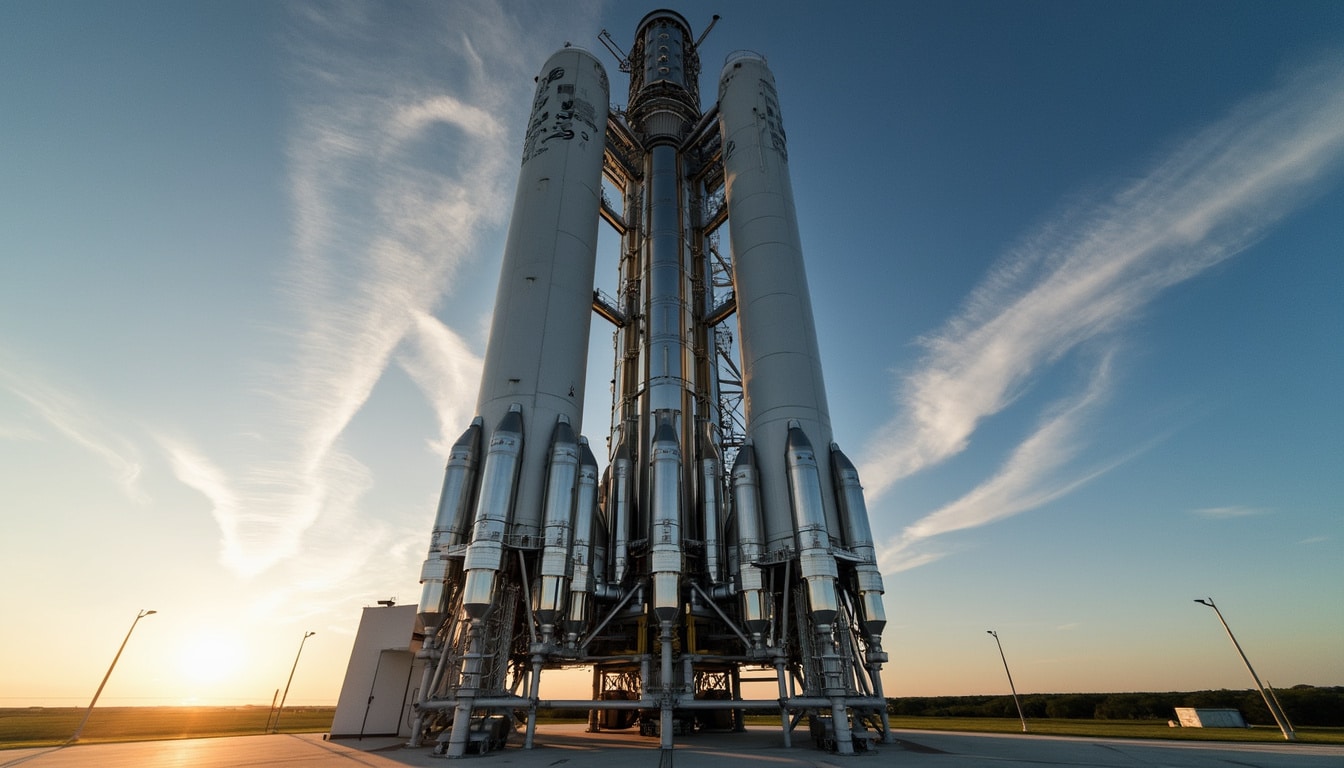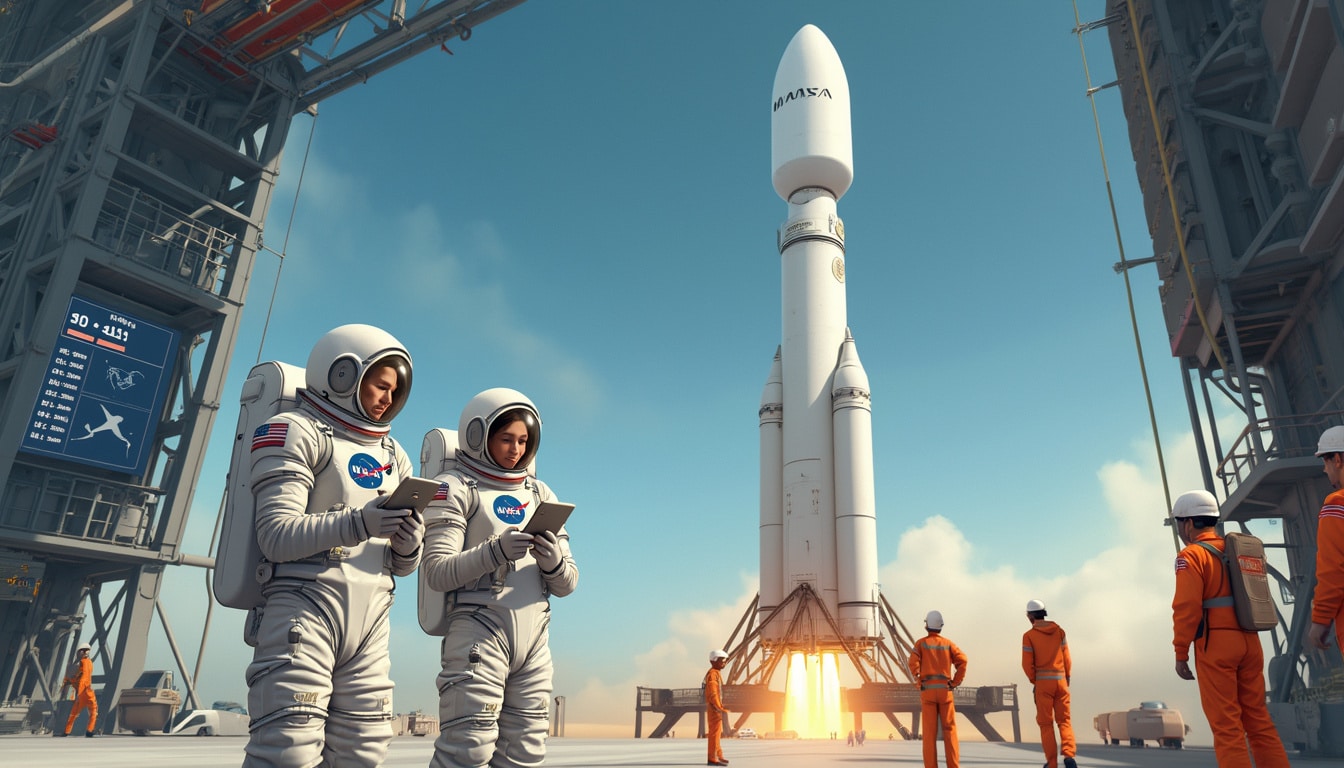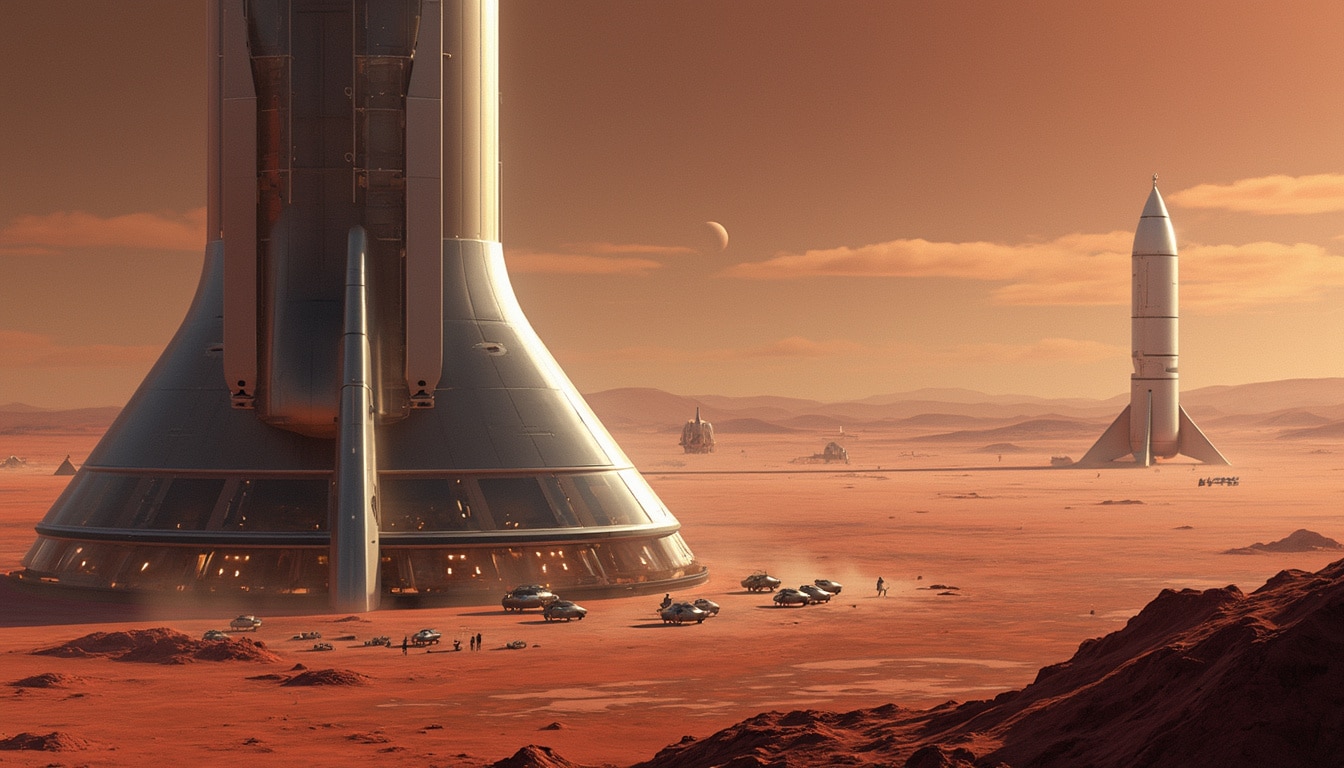SpaceX is at the forefront of rocket reusability, making notable strides with the Super Heavy booster, the first stage of its ambitious Starship program. Following a series of challenges with the upper stage of Starship, engineers have achieved significant milestones, particularly with the booster that fires nearly 17 million pounds of thrust. Recent test firings have demonstrated that SpaceX is gearing up for the reflight of a booster that’s already proven its capability by reaching the edge of space. As we delve deeper into this remarkable journey, we’ll explore the complexities of booster reusability, technological advancements, and the future of space travel.
The Journey of Super Heavy: Reaching New Heights
The Super Heavy booster represents a leap in modern rocketry. It serves not only as the backbone for the Starship missions but also sets a new standard for rocket reusability. Launched from SpaceX’s Starbase in South Texas, this colossal rocket booster has undergone tests that reveal its innovative design and capabilities.

The Engineering Behind the Booster
The engineering feats involved in creating the Super Heavy booster are monumental. With 33 methane-fueled Raptor engines, it creates an extraordinary amount of thrust, rendering it the most powerful rocket booster to date. This development represents years of research and iteration, likening its scale to that of a Boeing 747 standing on its end. Achieving such a design is no small task, particularly given the varying demands and pressures experienced during flight.
SpaceX has been diligent with the refurbishment process, especially for Booster 14, which recently completed a successful static fire test. This test validated not only the function of the engines but also the structural integrity of the booster. Engineers have confirmed that 29 of the 33 engines are flight-proven, indicating a high likelihood of success for its upcoming missions. The ability to reuse such a massive component would mark a significant milestone in the evolution of launch vehicles, especially in the competitive landscape involving NASA, Blue Origin, and Lockheed Martin, all keen on exploring reusable technologies.
Thrust and Performance: Metrics that Matter
When discussing the performance metrics of the Super Heavy booster, the thrust generation becomes a standout figure. With an output of nearly 17 million pounds of thrust, it surpasses even NASA’s Saturn V rocket, which previously held the record for launching humans to the Moon. This immense power propels the entire Starship vehicle beyond Earth’s atmosphere, setting the stage for deeper space exploration.
A Bold Vision for Reusability
SpaceX’s philosophy is fundamentally about reducing costs and increasing access to space. A successful reflight of the Super Heavy booster would signify more than just technical achievement; it would exemplify their vision of “zero-touch reflight,” where rockets can be reused with minimal refurbishment. This concept aligns closely with the trends among other industry players, like Rocket Lab and Northrop Grumman, who are also pursuing reusability in their launch systems.SpaceX’s historical developments give an optimistic outlook for the future.
Innovations in Rocketry and Future Prospects
Looking into the future, the innovations stemming from the Super Heavy project promise to reverberate throughout the aerospace industry. The pursuit of reusable rocket technology is not just a trend; it represents a paradigm shift in how space missions will be conducted in the coming years.
SpaceX vs. Competitors: The Race for Reusability
In the ever-evolving landscape of space exploration, competition plays a crucial role. Providers like Virgin Galactic and Arianespace have made notable advances, yet SpaceX’s cutting-edge technology and robust testing practices continue to set it apart. The lessons learned from the Falcon 9 program and experienced gained in reusability will serve as a roadmap for other companies striving to achieve similar success.
In addition to SpaceX, companies like Boeing, Lockheed Martin, and Rocket Lab are also focusing on reusable systems but with different methodologies. The push to innovate enriches the ecosystem of space travel, encouraging mutual growth and advancements through collaboration and competition.
The Role of NASA and Government Partnerships
SpaceX’s advancements cannot be discussed without acknowledging the critical role of partnerships, particularly with NASA. The agency’s contracts have been instrumental in financing and supporting the development of reusable technologies. As NASA seeks to enhance its capabilities in space exploration, collaboration with private entities is vital in fostering an environment where innovation can thrive.
The upcoming missions involving astronauts and cargo deliveries to and from the International Space Station (ISS) will be heavily reliant on the advancements being made with the Starship and Super Heavy systems. These partnerships, along with contracts secured with NASA, emphasize the cooperative spirit in achieving greater human milestones in space.

The Impact of Successful Booster Reuse
The successful reusability of the Super Heavy booster carries immense implications not just for SpaceX but for the entire aerospace sector. By significantly lowering launch costs, reusable rockets can make space more accessible to commercial interests, scientific explorations, and even tourism. This accessibility has the potential to foster a new era of discoveries beyond Earth.
The Cost Factor: Redefining Launch Economics
One of the most compelling arguments in favor of reusability lies in economics. Currently, launching a rocket involves exorbitant costs attributed to one-time usage and manufacturing. Reducing the need to construct new boosters and components for every flight can significantly lower these expenses, democratizing access to space.
As companies realize the potential of reusable systems, we might witness a marked increase in satellite launches, research missions, and even interplanetary explorations. This carry-on effect could be the catalyst needed to propel humanity towards its next giant leap.
Expanding Horizons: Private Missions and Beyond
With advancements in reusable technology, the future ports numerous opportunities for private enterprises. Not only can we anticipate more satellite launches, but the dawn of private human spaceflight missions is within reach. Companies like Blue Origin and Virgin Galactic are already taking steps towards this reality, and competition will likely fuel further innovations in the sector.
The potential for private missions to the Moon, Mars, and beyond is now clearer than ever. SpaceX’s commitment to deploying the Super Heavy booster and Starship for missions beyond Low Earth Orbit (LEO) could redefine what we consider possible for human and robotic exploration in our solar system.

Summary of Recent Milestones and Achievements
| Milestone | Date | Description |
|---|---|---|
| Successful Static Fire of Booster 14 | April 2025 | Fired up a flight-proven Super Heavy booster at Starbase. |
| First Booster Recoveries | 2024 | Successfully recovered three of four Super Heavy boosters attempted. |
| Initial Starship Test Flights | 2022-2024 | Conducted multiple test flights demonstrating Super Heavy and Starship integration. |
| Partnership with NASA | Ongoing | Contracts supporting advancements in reusable rocket technology. |
| Launch Facilities Upgrades | 2025 | Enhancements to support increased launch cadence for future missions. |
This overview highlights the trajectory of SpaceX’s achievements, featuring the Super Heavy program and its importance for future exploration efforts. As private and government sectors work collaboratively, the possibilities for launch and exploration expand exponentially. This exciting time in aerospace history marks a turning point in how humanity interacts with the cosmos.




Leave a Reply